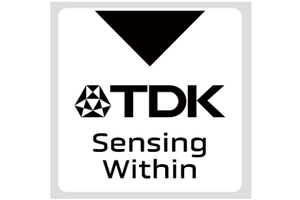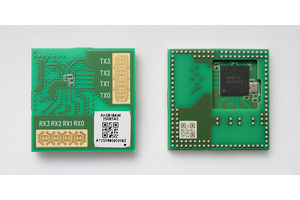Strategizing Business Resilience: IT Solutions Vs. Modern Cyber Threats

Cybersecurity is no mere IT checkbox; it’s a pulsing, strategic imperative. As businesses evolve digitally, the lockstep progression of cyber threats looms large.
The chasm between traditional IT solutions and the sophistication of contemporary cyber threats widens daily. An exploration into this digital arms race reveals much about our preparedness (or lack thereof). Uniting innovative security measures with strategy spells the difference between safeguarding assets and being left exposed.
Let’s lean in on integral resilience tactics shaped to outmaneuver modern cyber risks—because staying static in strategy isn’t an option when facing dynamic threats.
Modern Cybersecurity Threats
Businesses face an ever-expanding arsenal of contemporary cybersecurity threats, such as:
- Ransomware, which involves locking down essential files and demanding payment.
- Phishing, which uses deceptive communications aimed at stealing sensitive information.
- APTs (Advanced Persistent threats), which utilize ongoing network infiltrations for data theft or sabotage.
- Zero-day exploits, which make use of attacking software vulnerabilities unknown even to vendors.
Each threat is a testament to adversaries’ ingenuity—an ominous reminder that defense strategies must be equally innovative and dynamic.
Navigating the Fault Lines: Common IT Vulnerabilities
Even the most seasoned ship can hit an iceberg if it’s not watertight. Similarly, unchecked vulnerabilities in IT systems can sink an enterprise.
Weaknesses often exploited by cyber adversaries include:
- Outdated Systems. Failing to update software leads to exploitable gaps.
- Misconfigured Hardware and Software. Incorrect settings act like open windows in a secure facility.
- Insecure APIs. Gateways between different software that, if not secured, give hackers easy access.
- Poor Access Management. Overprivileged accounts can be a goldmine for intruders.
Addressing these vulnerabilities begins with recognizing them—not just as possible glitches but as pressing concerns. Regular security posture assessments must become as routine as quarterly financial reviews. New updates should be applied with the urgency of patching a hull breach. Security isn’t a feature; it’s the keystone of modern business continuity.
Adapting to Contemporary Cyber Threats
Traditional IT solutions once stood as the bulwarks against digital intruders, with firewalls and antivirus software being the norm. These measures were the sturdy locks on our doors. Yet, cyber threats today are more akin to shadows—silent and formless—slipping through cracks we hardly notice.
Firewalls should keep out the uninvited, but what happens when threats are disguised as legitimate traffic?
Antivirus software thrives on signatures of known malware, yet contemporary threats mutate faster than signatures can be cataloged. And password protection, once a fortress wall, can now crumble before brute force attacks and sophisticated phishing schemes.
Modern cybersecurity doesn’t simply aim to block; it anticipates, adapts, and responds. It’s about building an intelligent system that learns from interactions—essentially a chess game where each move by a potential threat is countered by an even smarter defense strategy. The message is clear: Innovate or risk falling prey to the next stealthy assault.
Charting a Course: Integrated Strategies for Asset Safeguarding
The fortress of your business must be multifaceted, built not just on the strength of its walls but also on the wisdom of its guards. It’s time to shift from single-threaded defense measures to integrated, comprehensive strategies that cover all bases.
Your integrated cybersecurity approach toward modern threats should include:
- Multi-factor authentication (MFA), which ensures that more than one piece of evidence is required to validate user credentials.
- Encryption, which becomes a silent guardian and turns sensitive data into indecipherable code should it fall into the wrong hands.
- Regular Security Audits and Penetration Testing, which keep defenses sharp by revealing potential vulnerabilities before attackers do.
- Employee Training Programs, which create a culture of security awareness throughout the organization – because often, humans are the weakest link.
Tying these elements together are innovative measures like AI-driven behavioral analytics that can detect irregular patterns signaling a breach and automated incident response protocols that act swiftly at signs of intrusion.
Also, consider using solutions like Far Out Solutions IT to personalize IT security for your specific needs and ensure your company has the best tech, the right IT planning, and great responsive support for the future.
The Cost of Complacency: Real-World Implications
Stagnation in cybersecurity is akin to neglecting the locks on your doors in a neighborhood burgeoned by experienced thieves. The consequences for businesses that do not adapt are starkly tangible—crippling data breaches, financial losses from ransomware, and even reputational damage that can’t be quantified.
Speaking plainly, a cyberattack isn’t just an IT hiccup; it’s a disruption that ripples throughout the entire business. Clients lose trust, investors get jittery, and competitive edges dull. Without adapting to modern security demands, businesses risk more than private data—they gamble with their very lifeblood.
So, make sure you strategize your business’s resilience well. It’s imperative that you use the right IT solutions to combat modern cyber threats.






